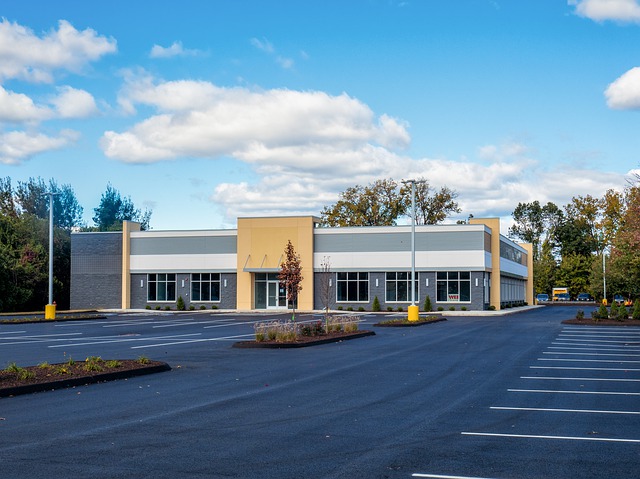If you are a real estate investor and want to save thousands in taxes, it is important that you know about commercial property depreciation. For example, did you know that depreciation is one of your most valuable tax deductions? Of course, like most tax-related topics, there is a lot more to the story.
What is commercial property depreciation?
Money spent for business purposes, in most cases, can be deducted from the profits for tax purposes. There are two ways business expenses are deducted. Some of the expenses are deducted all at one time for the year they were incurred. These types of deductions include:
- money spent for an item that is used immediately
- small-cost purchases
- day-to-day business costs
Expensive assets, on the other hand, are deducted over time. For example, if you purchase office furniture that you expect to last five or six years, you may choose to deduct part of the total amount spent over the next few years. Maybe you choose to deduce $200 each year over the five years you expect it to last. There are other ways to deduct assets over time, this is just a simple example of depreciation. Real estate used for commercial purposes is considered a depreciable asset for a business. For real estate investors, depreciation can provide a huge tax benefit, especially for high-cost commercial property.
How does commercial property depreciation work?
The IRS provides guidelines for the depreciation of assets. However, different items endure for different lengths of time. A low-quality printer may only last you a year, a heavy-duty model may last up to 10. This concept applies to real estate also. Poorly constructed buildings may last only 10 years, while some commercial buildings last for hundreds of years. The IRS depreciation periods provide an applicable process. Residential properties have a depreciation period of 27.5 years. Commercial real estate properties have a 39-year depreciation. Buildings depreciate, but the land does not. Depreciation deductions continue each year until you reach the cost basis of the property or until the property sells.
What is the cost basis?
The cost basis becomes a bit complicated. It is not necessarily the price an owner paid for the property. Other things add to the cost basis. Some of the things affecting the cost basis include:
- Legal fees from acquiring the commercial property
- Recording fees paid to local governments
- Substantial improvements to the property (adding a swimming pool, renovating bathrooms)
Commercial Property Depreciation Example
Here’s an example of how depreciation works and how it provides real estate investors with a huge tax benefit. An investor purchases a self-storage property for $1.5 million. The price includes acquisition costs. An assessment values the property at $500,000. Your depreciable cost basis is $1,000,000. If the property’s rental income totals $150,000 in your first year of ownership and you deduct allowed expenses, then the annual depreciation would be $25,641. The point of commercial property depreciation is to reduce the property’s taxable income.
Selling Commercial Property
The property depreciation deduction makes a good dent in tax bills. However, it is worth noting that when you sell commercial property, the IRS removes the tax benefit. A depreciation recapture tax is essentially the IRS taking back that tax benefit upon the sale of the property. How does that work? The difference in what was paid for the property and the price of the sale becomes the taxable gain. So if you sold a property for $1.7 million and you had purchased it for $1.2 million, your taxable gain would be $2oo,000. The depreciation deductions applied over the time of ownership become taxable income due to depreciation recapture.
The 1031 exchange allows commercial property owners to defer paying taxes on the sale of a property. However, this usually means using proceeds from the sale to purchase another property. Those who choose to do a 1031 exchange must be aware of the process. Seek some qualified advice before embarking on the process.





